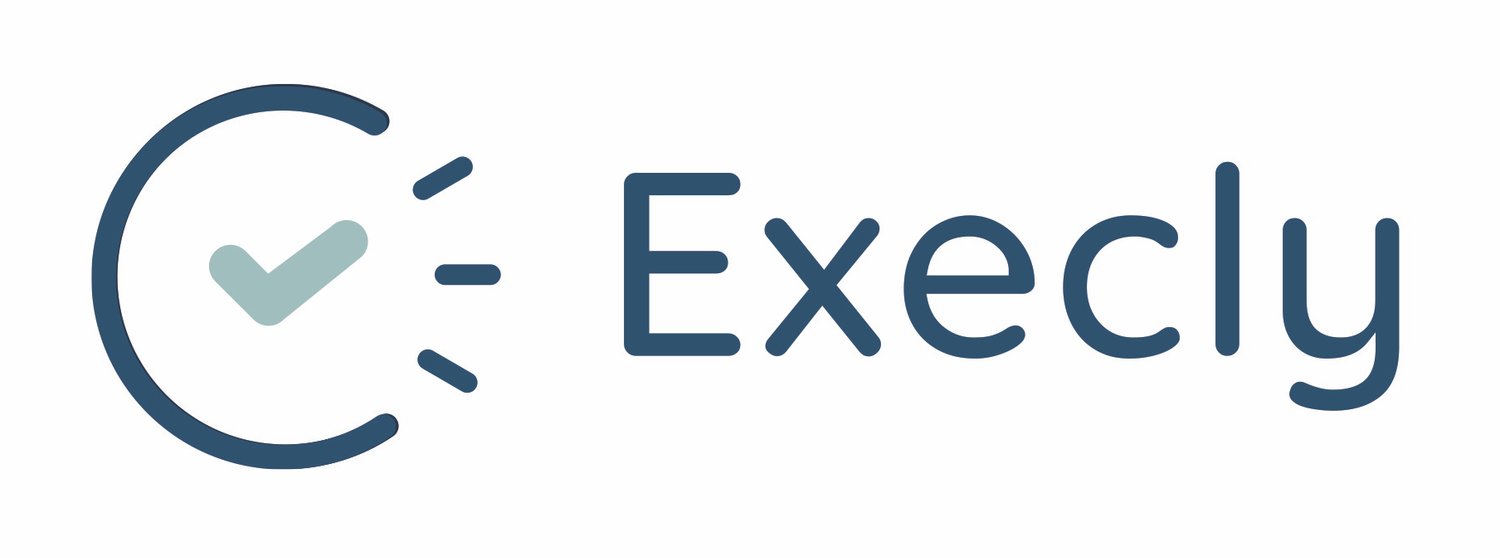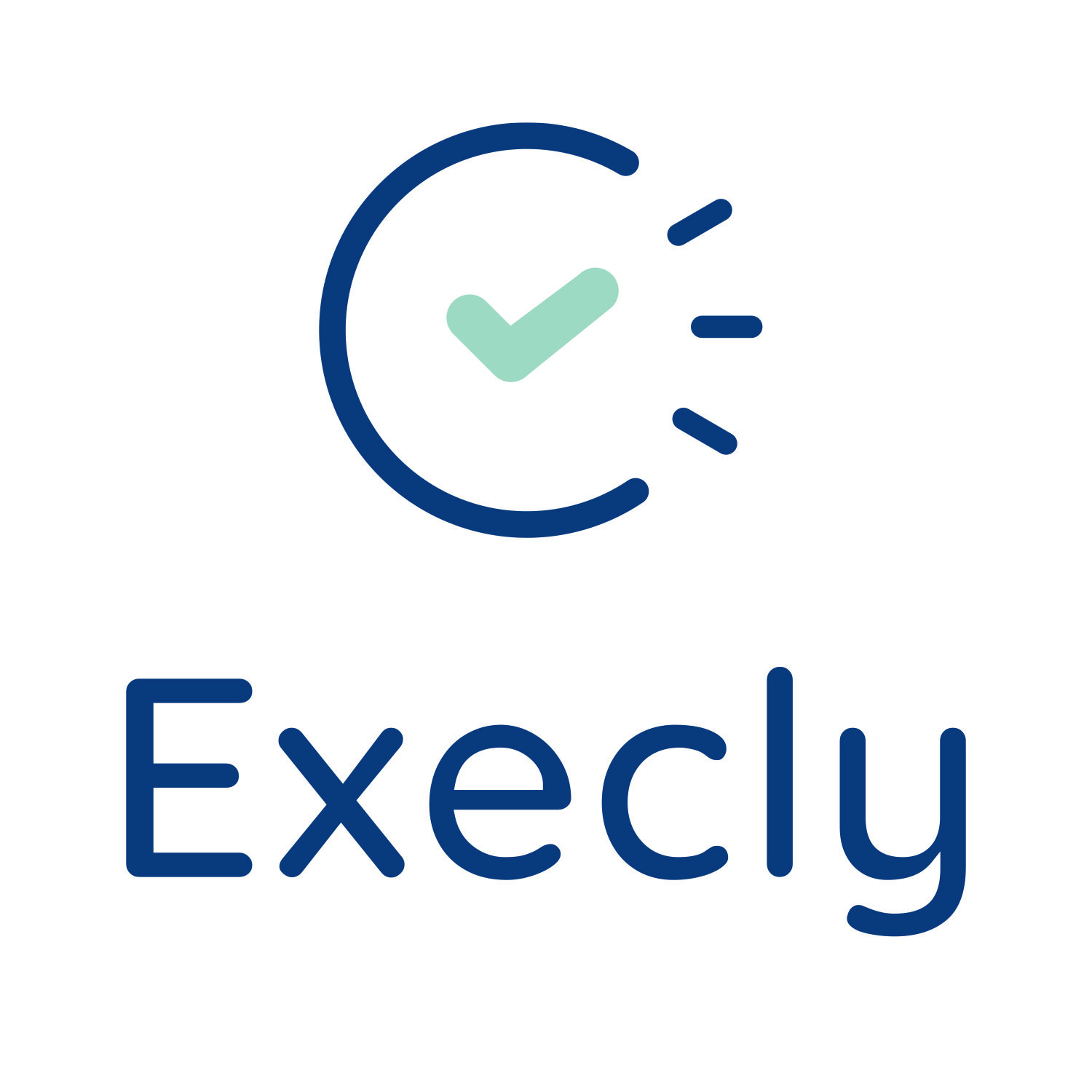Setting up Your Standard Operating Procedures (+ FREE SOP Checklist)
Standard operating procedures (or SOPs) are the holy grail of getting things done. They are brief, easy-to-use, and easy-to-understand systems that show anyone how to complete a specific workflow or task.
If you've been in business for any length of time, you're almost certainly familiar with SOPs; however, being familiar with them and having them in place for your business are two different things.
We'll run through an example of how we help our executives standardize their calendars and scheduling so nothing falls through the cracks and everyone knows what to do and expect.
Then, we've got a free checklist that will help you get three important areas of your business taken care of. (Executive assistants, you guys can grab this tool and use it with all your clients!)
But first – what’s an example of getting an SOP in place?
Let’s say you’re a busy executive who has an overflowing calendar and a back-to-back-to-back-to-back-to – well, you get it – schedule.
Your executive assistant can simplify your calendar and schedule by getting a handful of information from you and setting up a system to handle all your incoming tasks, events, and calls.
Default Durations and Parameters
First, you and your executive assistant should get the basics out of the way. What do you want the default time lengths for your calls to be? Or will you have different default times for different kinds of calls? Set a specific time for weekly meetings and use them as the standard options when scheduling (whether that’s through your EA or a scheduling software like Acuity or Calendly).
According to LucidMeetings research, executives attend more than 75 meetings a month, and many of those calls are back-to-back. If you need to introduce some breathing room into your schedule, you can use the Speedy meeting settings on Google to change the default meeting times in Google Calendar.
Go to the gear icon > Settings > Event Settings > Default Duration > Select Speedy meetings.
This is an easy hack that will give you back time between meetings and allow you to get more done in less time.
Preferences
Next, you’ll want to make sure your EA knows your call, conferencing, and video call preferences. For example, you might like to schedule your 1:1 internal meetings with employees while you go for a daily walk. Let your EA know, and they’ll schedule those meetings as a phone call instead of a video conference. Similarly, you might want to have all investor calls over Zoom. Setting up a standard preference for these calls will take out all the guesswork.
A few other calendar and schedule considerations for SOPs you’ll want to make are setting buffer times between calls, establishing your preferred calendar invite format and content. Ask your EA to include what kind of call it is and any context you need about the person you’re speaking with.
Non-Negotiables
One big consideration is any non-negotiables in your day or week. For instance, we have one client who will not reschedule their therapy appointments ever. Another client doesn’t schedule any work after 5 pm. A third client doesn’t do any business on the weekend unless absolutely necessary. Other non-negotiables can surround your personal life – date night every week, always attending soccer games on Saturdays, and anything else you want to make time for.
Be Open to Suggestions
Finally, you’ll want to periodically check in with your EA about their suggestions for your SOPs. They might have tips for making things run more smoothly, and they might have some creative ideas from experiences and insights with other clients.
The magic of SOPs is that once these systems are in place, you won’t have to think about them again. And if you’re looking for how to get similar operating procedures in place for your travel and inbox, we’ve got you covered.
Download this free guide to getting your three most important standard operating procedures into place.



